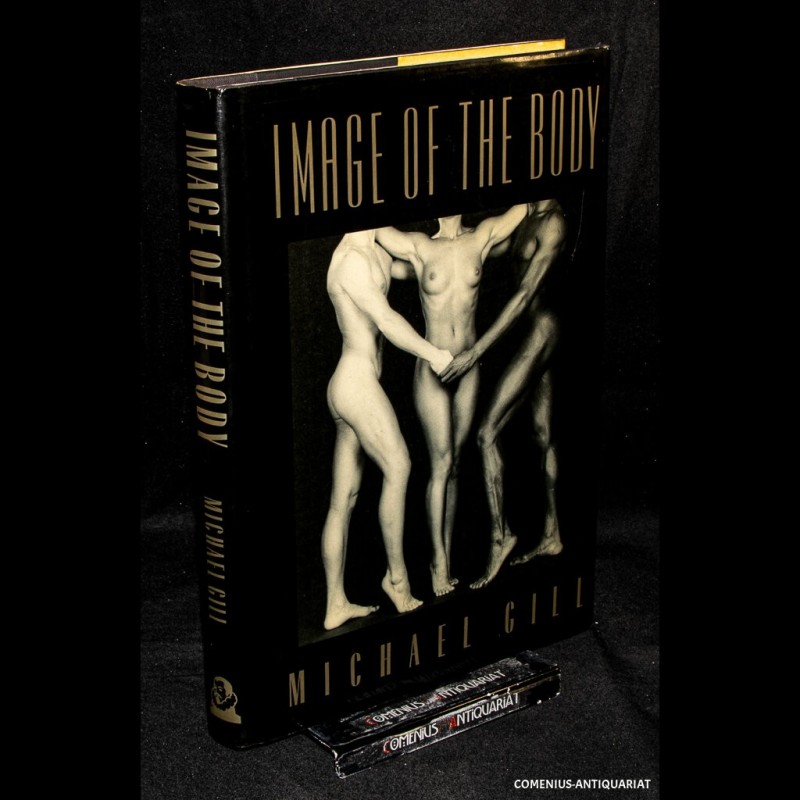Gill, Michael,
Image of the Body. Aspects of the Nude. n anzeigen. London: Bodley Head, 1989. xi, 476 Seiten mit Abbildungen, Literaturverzeichnis und Register. Halbleinen mit Schutzumschlag. 4to. 260 x 190 mm. 1308 g
* Gebräunt, Raucherbibliothek.
Bestell-Nr.158495 | ISBN: 0370314034 | 9780370314037
Gill |
Kunstgeschichte |
Kunsttheorie |
Erotica |
Sexualitaet
The human body is without doubt the most enduring subject of art. For more than 20,000 years, ever since early man first scratched and painted figures in the sacred darkness of caves, artists have been making use of bodily images, and in this extraordinary and wideranging work, Michael Gill explores the amazing variety of artistic uses to which the body has been put. Partly art history, partly social history, partly a brilliant personal commentary on the manifold forms of creativity, Image of the Body is at heart a sensitive and continuously fascinating examination of the ground that lies between art and psychology. As Gill shows, the nude has always been a highly charged subject, and the charge is frequently sexual. Yet it is not exclusively so. Prehistoric sculptors imbued their images with the deepest religious meanings of fertility and energy; the Greeks viewed it as an ideal of perfection and beauty. Eastern civilisations frequently made play with its erotic force, but sometimes in religious contexts, as in India. To Christian artists, the body's role was as a focus of suffering and pain. More recently, the body in art has been used as a manifestation of radical selfexpression, as in the work of Robert Mapplethorpe, Alice Neel, and Louise Bourgeois, or profoundly distorted and fragmented in the name of new ways of seeing, by artists like Picasso and Willem de Kooning. Illustrated by more than 300 photographs beautifully reproduced in duotone, Image of the Body is at once a celebration of its subject and a thoughtprovoking investigation into the way society deals, through its attitudes to art, with such issues as the rights of women, standards of morality and authority, license and prohibition.
CONTENTS
Foreword
1 IDEAL BEAUTY 3
2 ENERGY AND FERTILITY 37
3 MEN LIKE GODS 79
4 THE PERFECTION OF PLEASURE 113
5 PILGRIMAGE THROUGH PAIN 153
6 THE WAGES OF FAME 191
7 THE HUMAN CONDITION 235
8 PATHOS OR PORNOGRAPHY? 287
9 A SUM OF DESTRUCTIONS 327
10 SOMETHING RICH AND STRANGE 383
Afterword 429
Acknowledgments 433
Notes 435
Bibliography 441
Picture Credits 451
Index 471





 Datenschutz
Datenschutz
 Versandkosten
Versandkosten
 Google Mail
Google Mail
